Trek To Yomi Review: "Uniquely Beautiful And Visually Captivating"
Trek To Yomi is a stylistic, captivating experience focused on Japanese cinema, but is it worth picking up? Find out in our Trek To Yomi review.
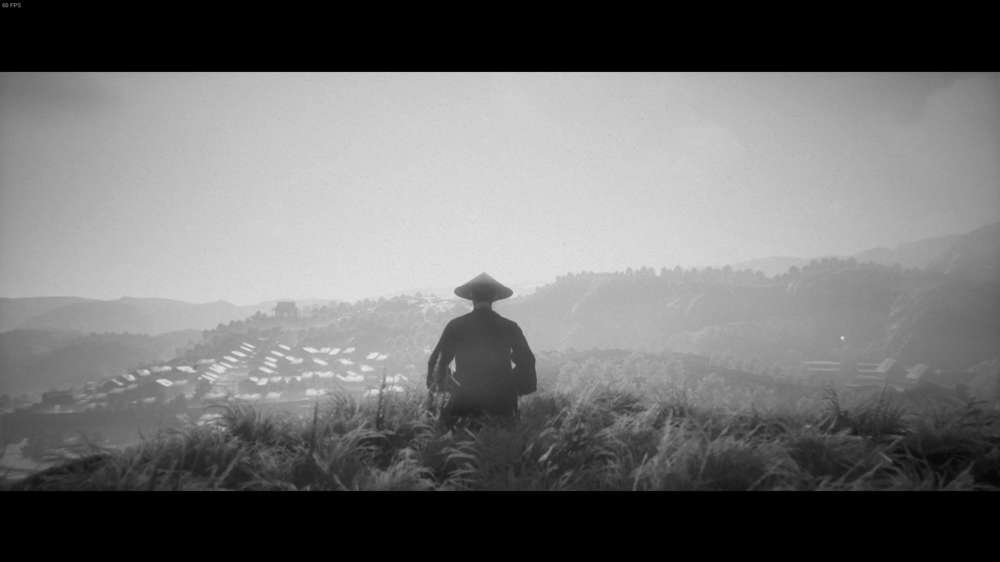
Both cinema and video games are mediums which very often influence one another in a multitude of ways, but it's fair to say that with gaming's relative infancy, it's had a lot more to draw inspiration from. This is especially true of Trek to Yomi, a cinematic side-scrolling action game that heavily evokes the films of Akira Kurosawa and other classic Japanese cinema through every facet of its presentation. There's no question about whether it's effective at recreating and remixing its filmic influences, but how does it all combine into a singular gaming experience?
- Become a martial arts expert with our top Trek To Yomi tips.
The Bushido Code
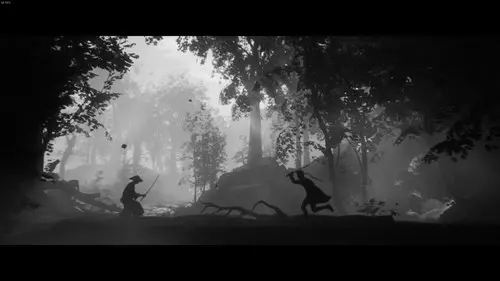
Trek to Yomi takes place in the Edo period of feudal Japan, following a young Samurai named Hiroki on his personal journey through life and death. The prologue opens during a tutorial lesson with his sensei, Sanjuro, teaching you the basics of light and heavy attacks, blocking, parrying, and movement. Before long, bandits begin to wreak havoc on the outskirts of their village. Sanjuro goes to help, but in the process of defending the village, he's mortally wounded, forcing Hiroki to take a vow that he'd protect the village and its inhabitants.
Fast-forward some years and Hiroki has become the dedicated defender of the village. The bandit problem hasn't subsided, and a plan to deal with them at another nearby village goes awry, leading Hiroki down a warpath to protect all that's dear to him.
The narrative is mostly linear, but you are able to personalise the character arc of Hiroki and change some aspects of the ending based on your choices. These come during three specific sections where you can choose your responses in cutscenes, letting you continue on for love, duty, or revenge.
These don't massively change the game, but they adjust Hiroki's journey based on your reaction and interpretation of the events, while giving the narrative more personal stakes. It's a fairly simple retelling of the hero's journey, but the setting of Edo-era Japan paired with Shinto mythology makes for a compelling backdrop for Hiroki's story.
- Our Trek To Yomi Artifacts guide explains exactly what they are and why you need them.
It's All About Perspective
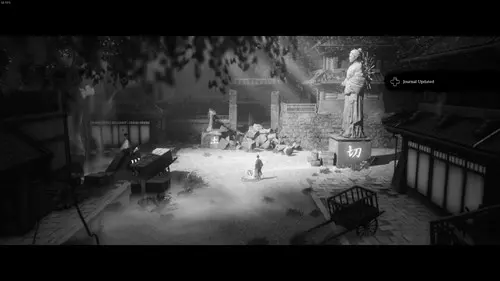
The gameplay is presented from a mixture of both 2D and 3D perspectives, with combat always taking on the former, forcing you along a linear track. Between this, there are moments where you're given more agency and allowed to move freely in any direction, letting you seek out alternate paths and side areas that contain upgrades, collectibles, and new moves. Sometimes it's not entirely clear where you can go, with the occasional invisible wall popping up and forcing you another way, but the extra freedom given to the player to speak to NPCs and soak in the atmosphere adds a lot to the mood.
One stand-out, but optional, moment came during the game's third chapter, when Hiroki's village had been attacked. After going into a house and killing a looter, you discover an incredibly sobering moment that served to punctuate the brutality of the game world and solidified my personal drive in stopping the bandits.
The combat moves away from this wholly, restricting all fighting to a 2D plane. It's impressively visceral and satisfying to take part in, and it's much more complex than it immediately seems thanks to the enemy variants, your wide moveset, and the focus on positioning. The enemy types are well-designed too, keeping distinct visuals that allow you to identify them, and often require different moves or combos to best deal with them. For example, enemies with flowing headbands often perform the thrust attack, and they are easily able to dodge your attempts at hitting them with one. This prohibits you from spamming the same moveset, and rewards you for learning the patterns and weaknesses of the enemy variants.
Monochrome Consistency
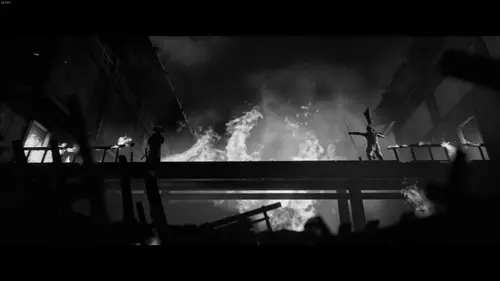
It's impossible to not mention Trek To Yomi's incredible devotion to recreating the look and feel of classic Japanese cinema of the 50s and 60s. This is apparent in every single scene across the game, with its monochromatic picturesque visuals and cinematic camera angles that allow the developers to curate certain story beats and important moments. The black and white visuals, forced letterboxing aspect ratio, film grain, and bloom filter add so much to the authenticity. So many of the game's visuals are breath-taking across all its chapters, and the colour scheme really highlights the shadows and lighting, making Trek to Yomi one of the most uniquely beautiful and visually captivating games in recent memory.
This dedication stretches way beyond the distinct look of the game too, with incredible attention to detail given to the cultural representation of the period, the animations in combat, the Japanese voice acting, and the use of period-appropriate instrumentation. Every aspect of the game works in tandem with the rest to draw you into the world and sell the fantasy of playing your part in an elaborate cinematic journey.
Pacing Problems
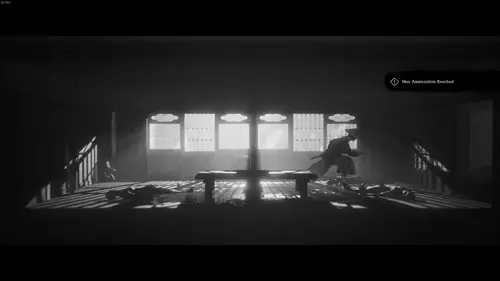
Trek to Yomi isn't a long game - you're looking at around four and a half hours - which felt like a perfect length for the experience. It doesn't overstay its welcome, but it's continuously paced a little awkwardly, with many of the levels feeling way too long. A shuffling of the chapter lengths, such as increasing the time of the final level would have gone a long way, along with adding more quiet time to soak in the atmosphere instead of relying on rapid-fire combat segments to carry the journey.
There's also a lack of replayability value because you can't replay certain missions or access your old save once the game is over, forcing you to play again if you want the achievements or just want to experience a certain section. There is an unlockable difficulty mode called Kensei which makes you and all enemies (barring bosses) one-hit, providing a great challenge for those wanting to master the combat.
Sole Samurai
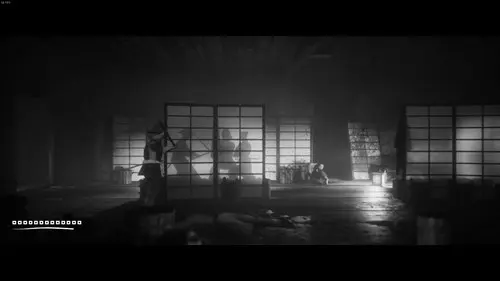
Trek to Yomi presents its world through the lens of classic Japanese cinema, reinforcing its thematic exploration of self-reflection and overcoming failure with masterful presentation and design to form a captivating experience. Combat presents a satisfying learning curve that rewards carefully studying your opponents and mastering the moves in your arsenal, and while overall it can falter at times due to uneven pacing, it's well worth undertaking the trek yourself.
4/5
Reviewed on PC. Code provided by the publisher.
Comments
